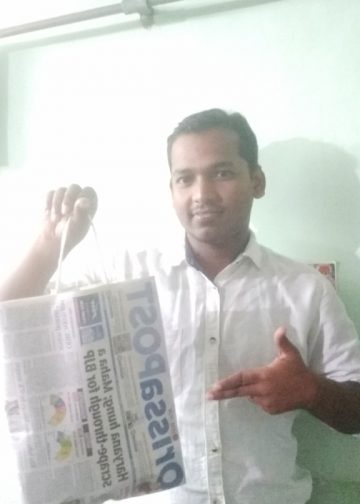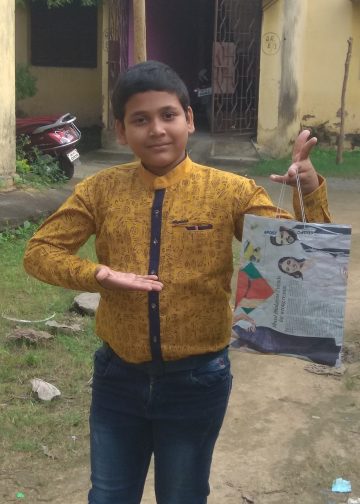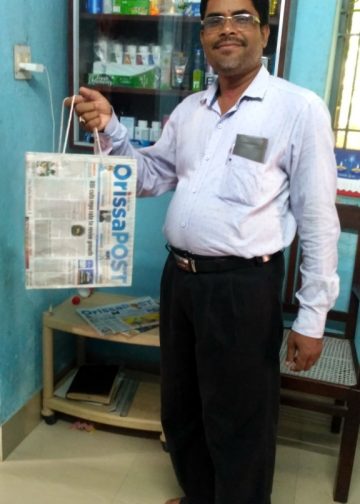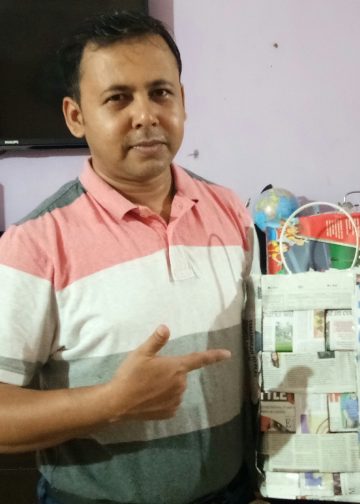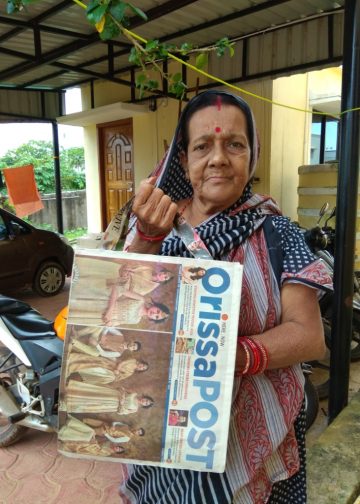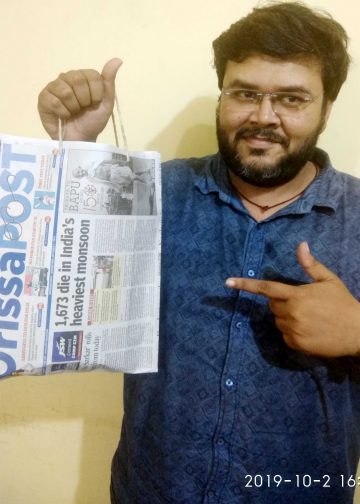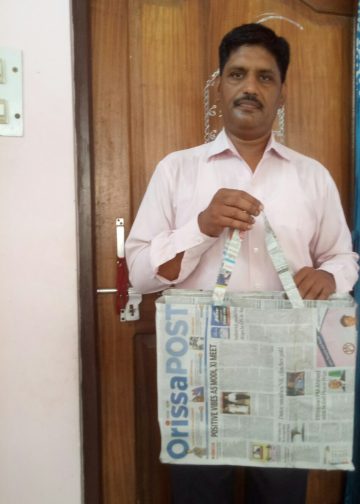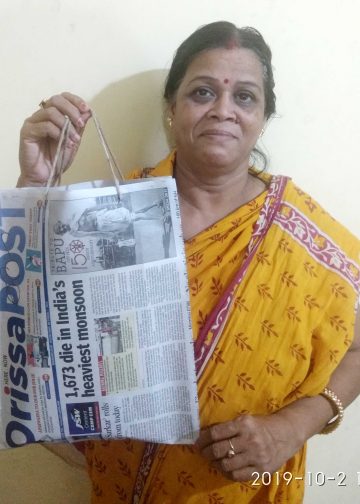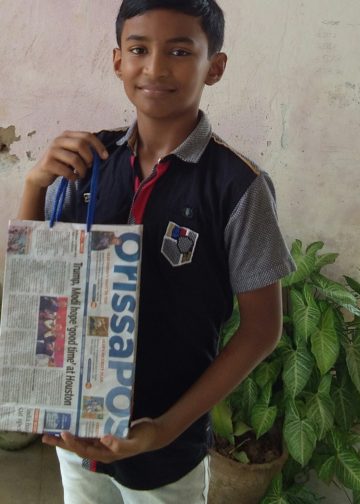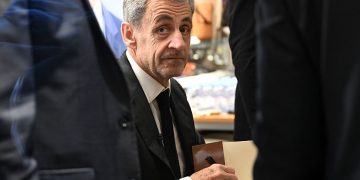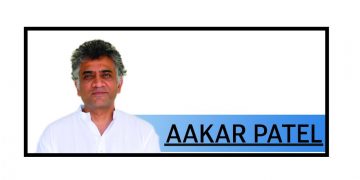Since February, the Prime Minister’s Office (PMO) has been operating for the first time with two full principal secretaries, P.K. Mishra and Shaktikanta Das. The arrangement reflects the scale of ambition in Modi 3.0: fast-track delivery, tighter coordination, and a laser focus on 2030 goals.
Mishra oversees economic ministries, infrastructure, and appointments; Das oversees key service ministries like health, agriculture, and education. The division is logical, and the intention is unmistakable: cut through bottlenecks and compress decision cycles.
But, observers note, with more power now flowing into two unelected officials, what becomes of the ministries? When every major call is either cleared or nudged from the top, ministerial leadership risks being reduced to a relay function. They are waiting for signals, rather than setting directions.
And this isn’t just about turf, it’s also about institutional resilience. Concentrating so much decision-making within the PMO creates a single point of failure. Both Mishra and Das are immensely capable, but no governance model should depend on individual capacity alone.
The real tension here is between speed and depth. A centralized structure may get more done, faster. But it also limits scrutiny and the open debate that democratic systems rely on.
Under Modi, India’s ambitions are large and long-term. A double-engine PMO may well accelerate project execution, but only if ministries remain more than just delivery arms. Otherwise, what looks like efficiency may, over time, expose its own fragility. The South Block can steer, but the engine of governance needs all its parts running, not just the ones closest to the PM.
Warning bell for honest public service
There’s a rustling in the forests of Uttarakhand. It’s the collective disbelief over the sudden, near-mysterious departure of Dr Dhananjay Mohan, the state’s Head of Forest Force (HoFF). A top-notch forest officer, a Dehradun native, an IIT-Kanpur gold-medallist, and a bird expert of global repute, Dr Mohan wasn’t exactly a babu you’d expect to vanish from service in 24 hours flat. And yet, he did.
His Voluntary Retirement Scheme (VRS) application, submitted on June 20, just two months before his superannuation, was accepted with the kind of speed usually reserved for emergency transfers or political exits. He had even applied for leave to visit Bengaluru from June 25 to July 2. What changed is the big question?
Officially, there’s no explanation. Unofficially, there are too many. Sources have told DKB that some believe that Dr Mohan’s hallmark integrity may have been his undoing. Another view holds that he was too methodical for a system that wants instant decisions. Then there’s the speculation about a political scandal around sapling procurement under the Miyawaki project that may have created enough unease for someone to want a quick reshuffle.
It’s ironic and also troubling that a man who lived for forests might have been nudged out by the very ecosystem he sought to protect. If that’s the case, it’s not just a babu we’ve lost; it is a warning bell for honest public service.
CBDT’s top deck shuffle
Another month, another round of top-level musical chairs. This time, it’s the Central Board of Direct Taxes (CBDT) gearing up for a shuffle. Or possibly, just a slow remix.
Chairman Ravi Agrawal’s extended innings ends on June 30, and with him, two other senior members — Prabodh Seth (administration) and R.N. Parbat (legislation) — are also on their way out. Or are they?
If the whispers in North Block are to be believed, Agrawal may just get another run, this time on a contractual basis.
Now, while some observers argue continuity is key in tax administration, there’s a growing section in the revenue service that’s itching for fresh blood. And for good reason. A new CBDT line-up could trigger long-overdue changes down the chain — DGs, PCCITs, and other key field positions, several of which are already vacant or about to be.
There’s also the optics question. Post-election, this is one of the first major senior-level bureaucratic reshuffles in the making. Will the Centre play it safe and stick with familiar hands, or signal reform and renewal?
The Income Tax Department, like much of India’s babudom, often functions in a delicate dance between experience and inertia. The hope is that this transition isn’t just about who sits in the big chair, but whether the system around them gets sharper, swifter, and a little less status quo.
By Dilip Cherian





